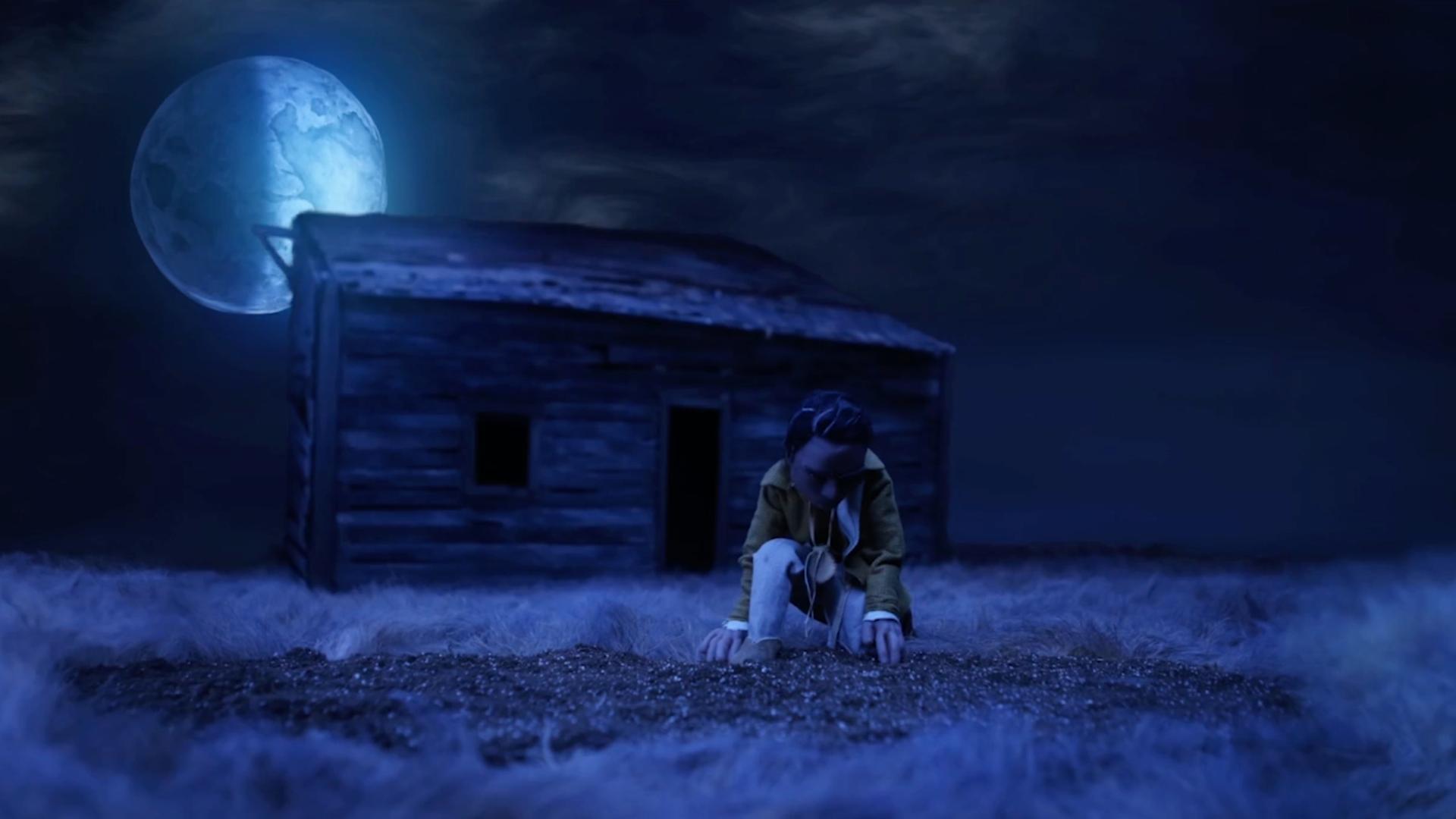
Carrie Hawks believes in the magic of animation. There are stories that cannot be filmed in real-time with the camera, stories we don’t understand until days, years after they happen and are passed through generations. The artists in this program peer into layers of consciousness, create portraits without faces, detail the ways white supremacy attempts to oppress internally and externally, celebrate resistance to colonial forces, and present the tenderness of a personal archive (aka the voicemail). An escape from terror encapsulated via stop-motion puppetry. You’re invited to enjoy this experimental animation program of films crafted by people of the global majority, BIPOC folks. Curated by Carrie Hawks.
Carrie Hawks confronts self-imposed and external assumptions about identity in order to promote healing, particularly in relation to Blackness, gender, and queer sexuality. They work in animation, drawing, collage, sculpture, and performance, often incorporating humor. Their film black enuf* was nominated for a New York Emmy, won Best Documentary Short at Trans Stellar Film Festival, was broadcast on American Public Television’s World Channel in 2019, and screened at over 40 festivals including Ann Arbor and BlackStar.
Join us after the program for a prerecorded Q&A with the filmmakers.
Presented with support from Deb Greer
Four Faces of the Moon is an animated short told in four chapters, exploring the reclamation of language and Nationhood and peeling back the layers of Canada’s colonial history. This is a personal story told through the eyes of the director and writer Amanda Strong, as she connects the oral and written history of her family as well as the history of the Métis, Cree, and Anishinaabe People and their cultural link to the buffalo. Canada’s extermination agenda on the buffalo isn’t recorded as fervently as it was in the United States, yet the same tactics were used north of the border to control the original inhabitants of the land. This story seeks to uncover some of that history and establish the importance of cultural practice, resistance, and language revival from a personal perspective. The moon is used as a symbol to mark the passage of each chapter. The moon holds great importance in Cree and Anishinaabe culture as a seasonal guide and a marker of change.
- Year2016
- Runtime13 minutes
- CountryCanada
- FilmmakerAmanda Strong
Carrie Hawks believes in the magic of animation. There are stories that cannot be filmed in real-time with the camera, stories we don’t understand until days, years after they happen and are passed through generations. The artists in this program peer into layers of consciousness, create portraits without faces, detail the ways white supremacy attempts to oppress internally and externally, celebrate resistance to colonial forces, and present the tenderness of a personal archive (aka the voicemail). An escape from terror encapsulated via stop-motion puppetry. You’re invited to enjoy this experimental animation program of films crafted by people of the global majority, BIPOC folks. Curated by Carrie Hawks.
Carrie Hawks confronts self-imposed and external assumptions about identity in order to promote healing, particularly in relation to Blackness, gender, and queer sexuality. They work in animation, drawing, collage, sculpture, and performance, often incorporating humor. Their film black enuf* was nominated for a New York Emmy, won Best Documentary Short at Trans Stellar Film Festival, was broadcast on American Public Television’s World Channel in 2019, and screened at over 40 festivals including Ann Arbor and BlackStar.
Join us after the program for a prerecorded Q&A with the filmmakers.
Presented with support from Deb Greer
Four Faces of the Moon is an animated short told in four chapters, exploring the reclamation of language and Nationhood and peeling back the layers of Canada’s colonial history. This is a personal story told through the eyes of the director and writer Amanda Strong, as she connects the oral and written history of her family as well as the history of the Métis, Cree, and Anishinaabe People and their cultural link to the buffalo. Canada’s extermination agenda on the buffalo isn’t recorded as fervently as it was in the United States, yet the same tactics were used north of the border to control the original inhabitants of the land. This story seeks to uncover some of that history and establish the importance of cultural practice, resistance, and language revival from a personal perspective. The moon is used as a symbol to mark the passage of each chapter. The moon holds great importance in Cree and Anishinaabe culture as a seasonal guide and a marker of change.
- Year2016
- Runtime13 minutes
- CountryCanada
- FilmmakerAmanda Strong